Every great story begins with a spark of conflict, whether it’s the internal struggle of a character facing their fears or the external clash of opposing forces. Writing characters in conflict is an art that breathes life into narratives, creating depth and drama that captivates readers. From the tension of a protagonist confronting their inner demons to the fireworks of character versus character showdowns, understanding how to craft compelling conflicts is essential for any aspiring writer. This guide delves into the intricacies of character conflict, exploring how to master the creation of dynamic, multifaceted characters who resonate long after the final page. By examining the types of conflicts, the differences between internal and external struggles, and real-world examples, this article will equip you with the tools to craft stories where characters truly shine under pressure.
Key Takeaways
– Understand internal conflict as the psychological tension within characters, driving their narrative depth.
– Identify types of internal conflict, including moral dilemmas, self-doubt, fear, identity crises, guilt, ambition vs. morality, and conflicting desires.
– Recognize how authors use internal conflict to create relatable and multi-dimensional characters.
– Differentiate between internal and external conflicts: internal arises from within, while external comes from external forces.
– Appreciate dynamic characters who evolve, enhancing engagement and theme exploration.
– Note examples of dynamic characters like Katniss Everdeen, Atticus Finch, and Harry Potter.
– Embrace the power of dynamic characters to deepen storytelling, foster connection, and provide human insight.
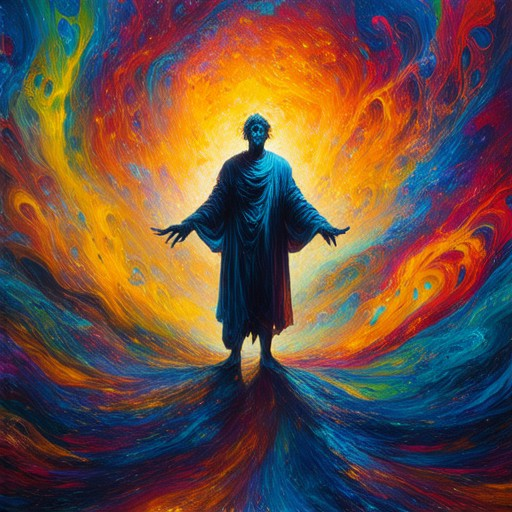
How to Write Character Conflict
To effectively write character conflict, follow these steps:
- Define the Character’s Desire : Start by identifying what your character truly wants. This desire should be something meaningful, driving their actions and decisions.
- Introduce Obstacles : Create external and internal challenges that prevent the character from achieving their goal. External obstacles might include societal pressures or physical barriers, while internal conflicts could stem from fear, doubt, or moral dilemmas.
- Raise the Stakes : Make the character’s desire something worth fighting for, such as survival, love, or redemption. This raises the stakes and increases the emotional investment.
- Explore Consequences : Delve into the repercussions of the conflict. Whether the character succeeds or fails, explore how this affects their relationships, personal growth, and future trajectory.
By focusing on these elements, you can craft a compelling narrative that keeps readers engaged and invested in your character’s journey.
For more insights on crafting engaging stories, visit our literary techniques guide . Explore how to develop complex characters and master the art of storytelling.
Character Conflict Example
A character conflict occurs when characters in a story or narrative experience internal or external opposition that drives plot progression and character development. This conflict can manifest in various forms, leading to tension and depth within the storyline.
Types of Character Conflicts
- Physical Conflict
- Example: In Shakespeare’s Hamlet , Prince Hamlet faces a physical conflict when he encounters the ghost of his father, Claudius. This supernatural encounter forces him to confront the truth about his father’s murder, propelling him toward revenge.
- Family Conflict
- Example: In Romeo and Juliet, the conflict between the Capulet and Montague families creates a backdrop of enmity that leads to tragic consequences. The families’ rivalry forces the young lovers to face societal pressures and ultimately leads to their deaths.
- Emotional Conflict
- Example: In Jane Austen’s Pride and Prejudice, Elizabeth Bennet and Mr. Darcy struggle with their emotions due to societal expectations and misunderstandings. Their initial aversion turns into mutual respect and love, highlighting the internal battle of emotions.
- Psychological Conflict
- Example: In Sophocles’ Oedipus Rex , Oedipus experiences a psychological conflict when he discovers he has unintentionally killed his father, King Laius. This knowledge leads to his self-destruction, showcasing the depths of human psyche.
- Identity Conflict
- Example: In Breaking Bad, Walter White undergoes a significant identity conflict when he transitions from a mild-mannered teacher to a drug kingpin. This transformation tests his morality and leaves lasting scars on his relationships.
How Character Conflicts Are Explored in Literature
Authors often delve into character conflicts to explore themes of humanity, moral dilemmas, and personal growth. James Whitfield Thomson, for instance, examines these conflicts in his works, offering insights into how characters navigate their internal and external struggles. His analysis highlights the importance of understanding these conflicts to create relatable and compelling narratives.
By exploring these conflicts, writers can create rich, multidimensional characters that resonate with readers, making their stories more engaging and thought-provoking.
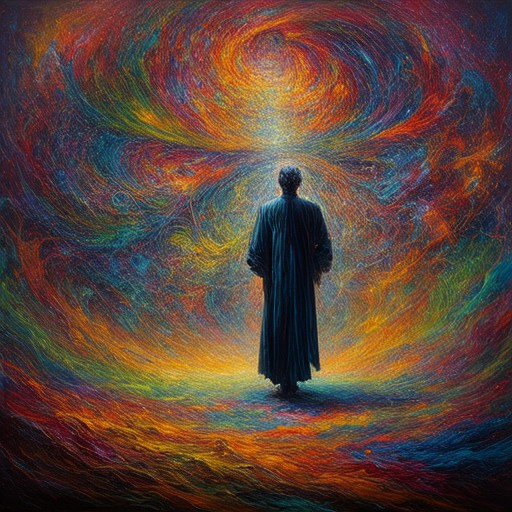
What are the 5 main types of conflict in writing?
I am going to explain the 5 main types of conflict in writing and provide a detailed overview of each one:
- Character vs. Character Conflict : This occurs when two characters in a story clash due to differing beliefs, values, or goals. Examples include conflicts between protagonists with opposing personalities or moral dilemmas that lead to tension.
- Character vs. Society Conflict : This happens when a character faces opposition from the society or world around them. This can involve struggles against societal norms, expectations, or systems that hinder personal growth.
- Character vs. Nature Conflict : This type of conflict arises when a character is pitted against natural elements or forces. Examples include survival stories where characters must overcome harsh environments or natural disasters.
- Character vs. Self Conflict : This internal struggle occurs when a character must confront their own fears, doubts, or past traumas. It often involves psychological tension and self-discovery.
- Man vs. Man Conflict : This is external conflict where characters directly oppose each other. It can involve competition, rivalry, or open hostility, leading to dramatic interactions and plot developments.
I believe understanding these types of conflicts is crucial for developing a compelling narrative. By thoughtfully incorporating these elements, writers can create stories that resonate emotionally with readers.
For more insights into crafting effective stories, explore our writing tips section . We offer practical advice and resources to help you master the art of storytelling.
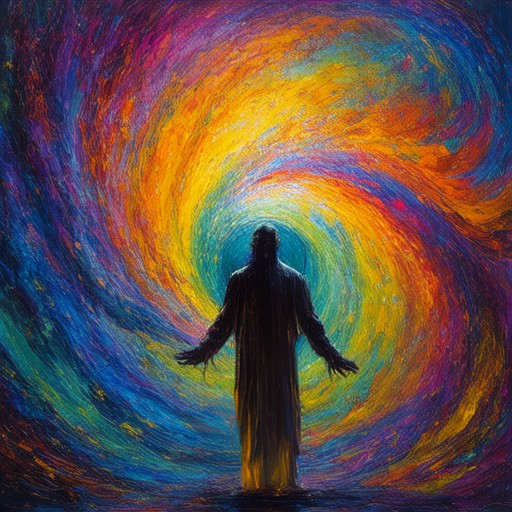
What is Character Internal Conflict?
Internal conflict in literature refers to the psychological tension experienced by a character when they grapple with opposing forces within themselves. Unlike external conflict, which involves struggles against external forces such as enemies or natural disasters, internal conflict arises from the character’s own thoughts, beliefs, desires, or values.
Types of Internal Conflict
Internal conflicts can manifest in various forms, each contributing to the depth and complexity of a character. Below are common types of internal conflict:
1. Moral/Ethical Dilemma
A character may face a situation where their actions align with their morals or contradict them. For example, a soldier might struggle with whether to obey orders that violate their conscience.
2. Self-Doubt
Characters often doubt their abilities or decisions, leading to internal conflict. This can manifest as indecision or fear of failure.
3. Fear
Fear of failure, rejection, or the unknown can create internal tension. A character might hesitate to pursue a goal due to fear of consequences.
4. Identity Crisis
When a character questions their purpose, background, or role in life, they experience an internal conflict. This can lead to feelings of uncertainty or confusion.
5. Guilt/Shame
Characters may feel guilty or ashamed about past actions, leading to internal conflict. This can drive them to seek redemption or avoid certain behaviors.
6. Ambition vs. Morality
Characters often struggle between achieving their ambitions and adhering to their moral principles. This conflict can lead to compromise or sacrifice.
7. Conflicting Desires
When a character has competing desires or goals, internal conflict arises. For example, balancing family responsibilities with career aspirations.
How Authors Use Internal Conflict
Authors employ internal conflict to create realistic and relatable characters. By showing the struggles within, readers can connect more deeply with the protagonist’s journey. This technique also adds layers to the story, allowing for character growth and development.
Internal conflict is a powerful tool for enriching narratives, making characters more dynamic and the story more engaging.
What is the difference between internal and external character conflict?
The distinction between internal and external character conflict lies in the nature of the challenges faced by a character in a story.
- Internal Conflict: This occurs within the character’s mind, representing their internal struggles, doubts, or emotional turmoil. It reflects their personal values, beliefs, and aspirations. Examples include Hamlet ‘s internal debate about whether to kill Claudius or follow his mother’s wishes.
- External Conflict: This involves obstacles or challenges that come from the outside world, such as physical threats, social pressures, or conflicts with other characters. Examples include Romeo and Juliet ‘s battle against their warring families and societal expectations.
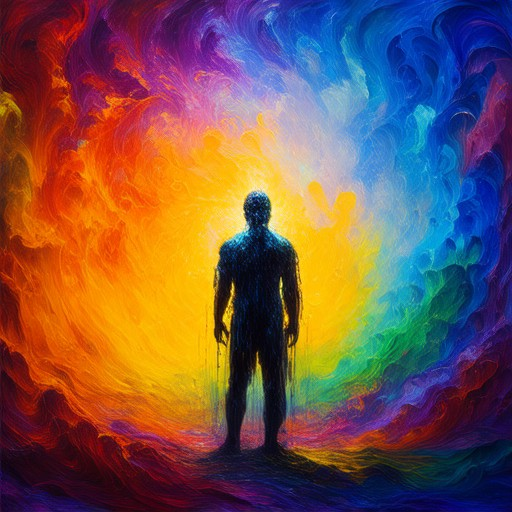
Dynamic Character
A dynamic character is a fictional character in literature, film, or theater who evolves significantly throughout the course of the story. Unlike static characters who remain unchanged by the events around them, dynamic characters develop and grow, often revealing hidden depths, complexities, or personal growth as the plot progresses.
Examples of Dynamic Characters:
- Katniss Everdeen from The Hunger Games – Her strength, determination, and moral evolution throughout the series exemplify a dynamic character.
- Atticus Finch from To Kill a Mockingbird – His unwavering sense of justice and his ability to teach his children through his actions make him a dynamic character.
- Harry Potter from the Harry Potter series – Harry’s journey from an uncertain boy to a confident leader demonstrates dynamic character development.
Importance of Dynamic Characters:
- Engagement : Dynamic characters create a more immersive reading or viewing experience because they feel real and relatable.
- Depth : Their growth adds layers to the story, allowing for richer themes and more complex narratives.
- Insight into Human Behavior : Dynamic characters often reflect aspects of human nature, making them more fascinating to observe.
By focusing on dynamic characters, authors can create stories that resonate deeply with audiences, offering insights into the human condition and fostering emotional connections.

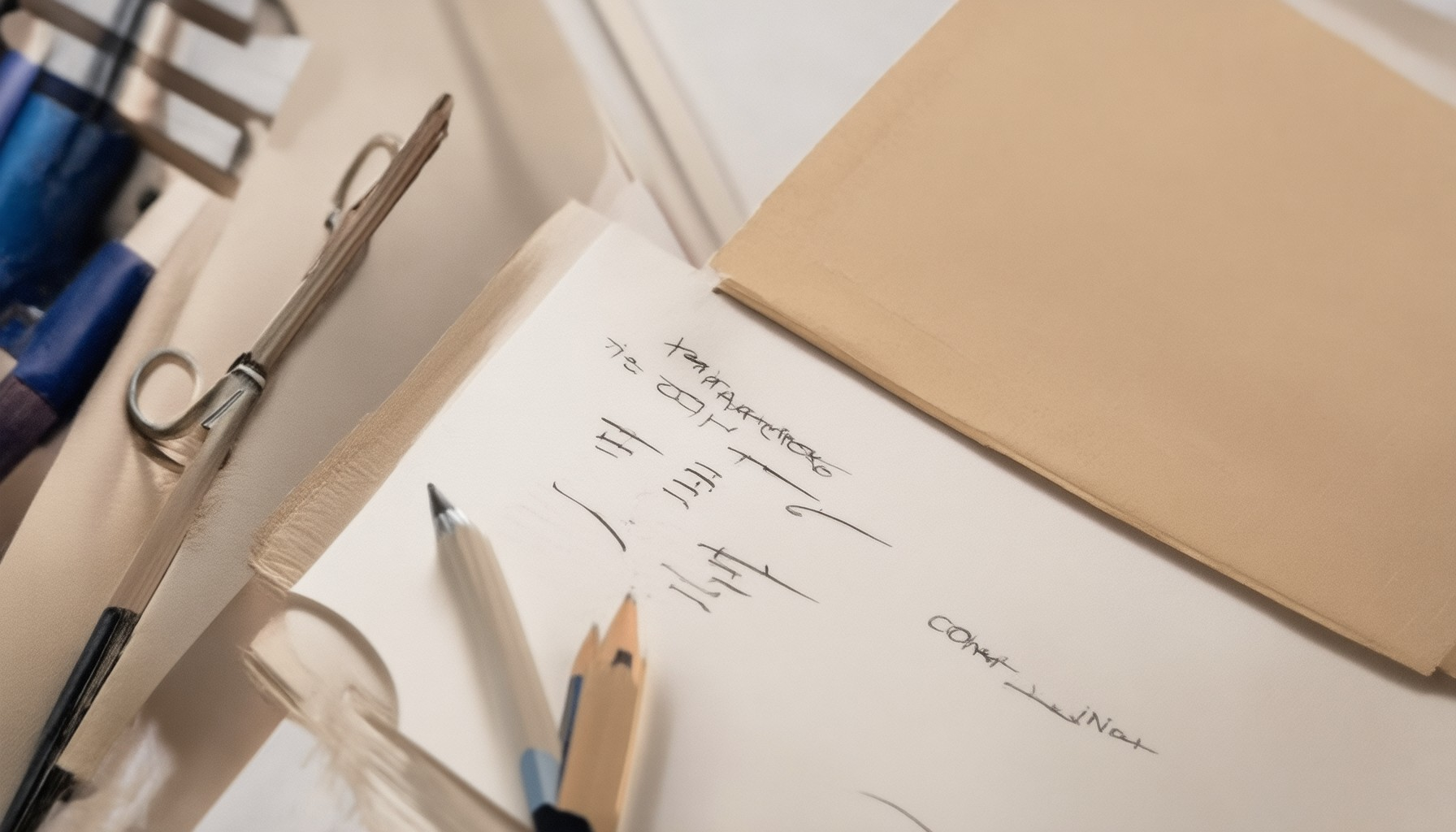
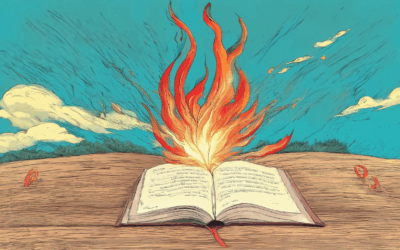
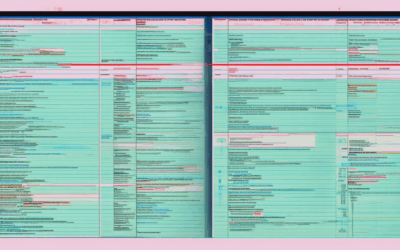
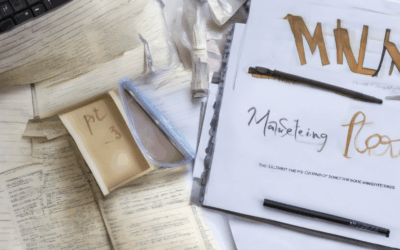
0 Comments